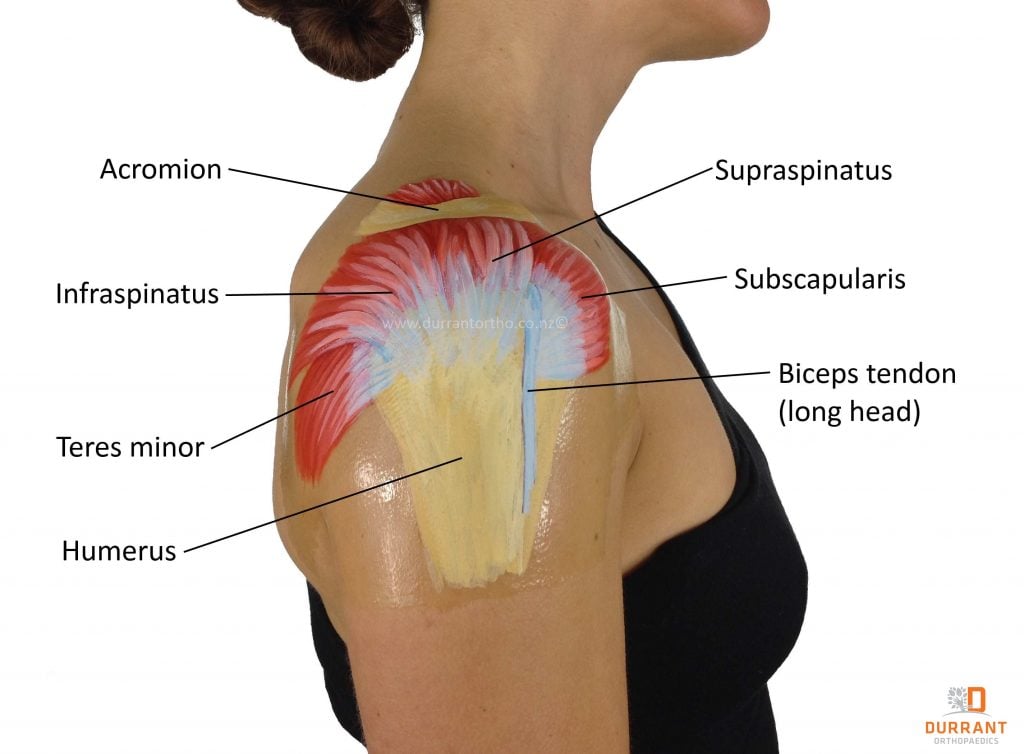
Rotator Cuff Tears - Part One
Rotator cuff tears are common. In the following five part series we look at the different types of tears and injuries, tendinosis and bursitis, as well as knowing if you have torn your cuff or simply strained the muscles. In the final chapter in the series we look at your treatment options and if you will need surgery.
Sore shoulder or rotator cuff tear?
Are you experiencing shoulder pain?
Having trouble lifting your arm?
Is discomfort keeping you awake at night?
You may have what’s known as a rotator cuff injury; one of the most common causes of shoulder pain.
The rotator cuff is a series of four tendons that control your shoulder’s rotation and stabilisation.
A bad fall or sports injury can cause a muscle tendon to pull away from the bone.
Many Kiwis dismiss shoulder pain as a simple sprain, but if the discomfort continues for weeks or months, it’s time to seek specialist help.
With a rotator cuff tear, pain is centred around the front corner of the shoulder and radiates outwards into your neck, back or upper arm. You may have limited movement and be unable to lift the affected arm up in front of you.
Simple activities like washing your hair, reaching high cupboards and hanging up the laundry can become a struggle.
Are all rotator cuff tears the same?
Rotator cuff injuries vary in severity. Imagine each tendon as pages of a phone book, made up of many thin sheets. With a phone book, you can tear off the front cover and maybe A through D, or the back cover and Z through W.
This can happen to the rotator cuff, where part of the tendon is still attached but the rest has torn away. These are called partial thickness tears.
You can also tear the pages in the middle of the phone book while the front and back covers remain attached. If this happens to the rotator cuff, it is called an interstitial or intrasubstance tear.
The most common injury is a full thickness tear, where the tendon pulls away from the bone completely.
If you can’t recall an accident or injury that caused the onset of your shoulder pain, you may have another type of rotator cuff injury called tendinosis. This is when a tendon gradually wears down over time due to ageing or over-use.
How are rotator cuff tears diagnosed?
Diagnosis begins with a physical examination and we may also run imaging tests such as X-rays, ultrasound scans and MRI scans. Once we have a clear picture of the nature and severity of your tear, we will review both surgical and non-surgical treatment options with you.
Rotator cuff tears don’t heal on their own and can worsen over time, so it’s important to see a specialist as early as possible. Early diagnosis and treatment may prevent your symptoms getting worse and help you return to your normal routine much faster.
In part two in our series on rotator cuff tears we look at how degeneration and tendinosis work in cuff injuries.


